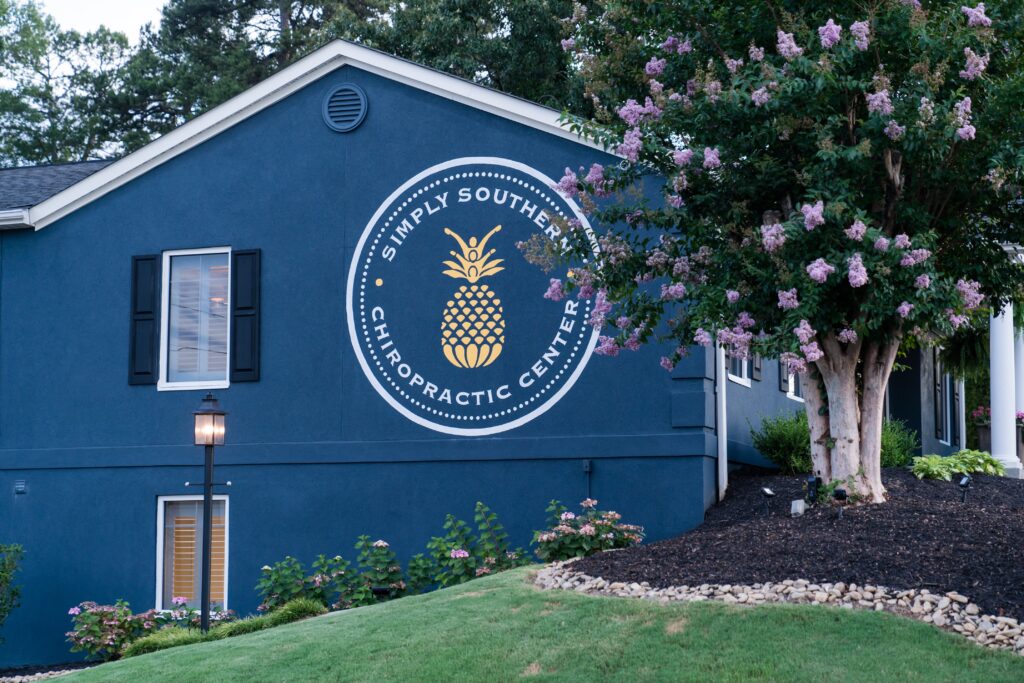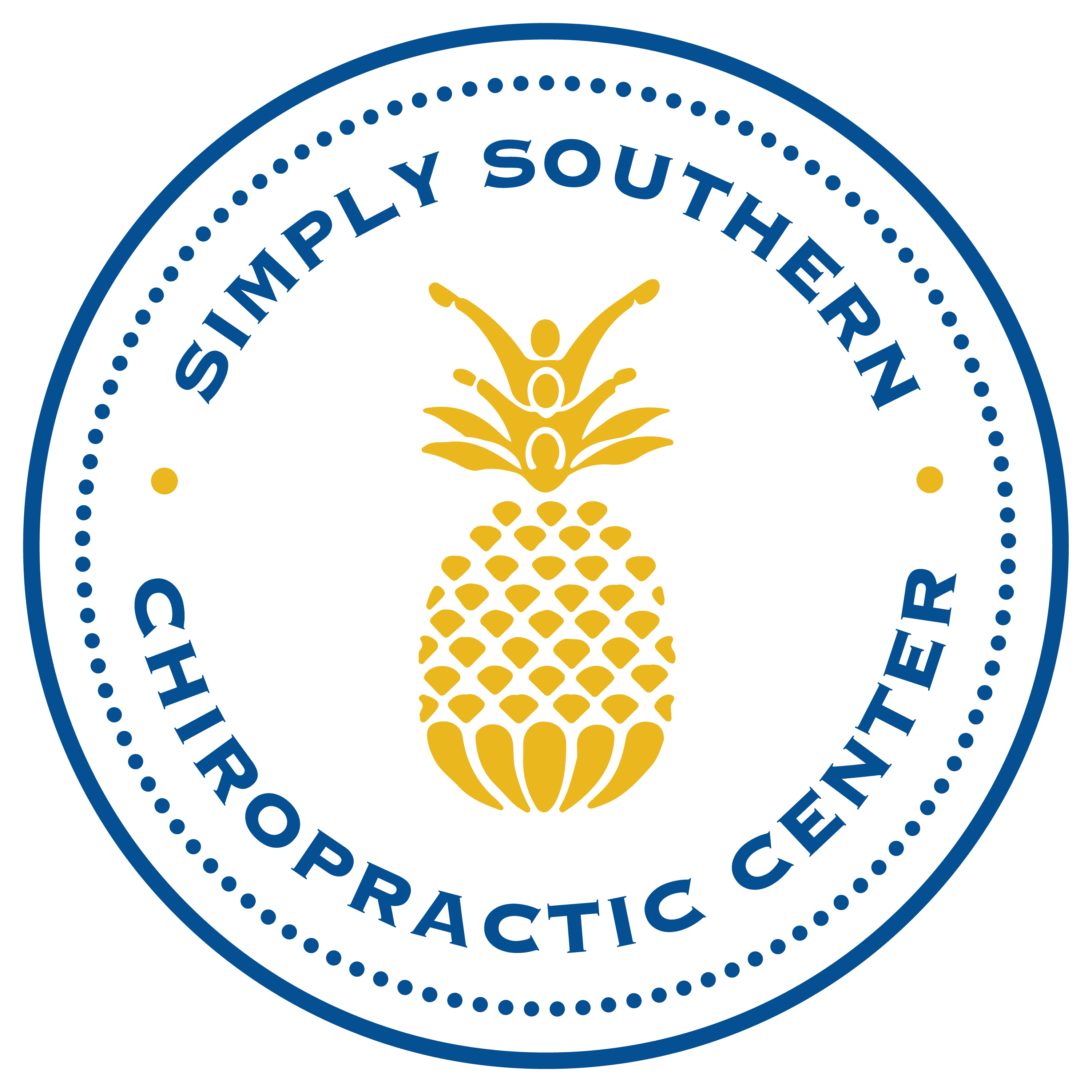
Key Points
- Yard work can strain your spine and joints — especially without the right body mechanics.
- Gardening injuries are common but preventable with mindful adjustments to your body position and motions while working.
- Chiropractic care supports injury prevention and helps your body recover faster — so aging won’t stop you from gardening to your heart’s content.
Gardening can feel incredibly rewarding — fresh air, blooming flowers, and the satisfaction of a job well done. But there’s no denying that it can also take a toll on your body. Planting, weeding, lifting, and hauling may not seem like intense exercise, but over time, these repetitive activities can lead to sore muscles, stiff joints, and lingering back pain.
The movements that help your garden thrive often put stress on your spine, knees, hips, and shoulders. But with a few mindful adjustments to how you move and how you care for your body, you can protect those hard-working joints and keep gardening pain-free all season long.
Let’s take a look at how to make that happen.
Table of Contents:
- Why Gardening Is Harder on Your Body Than You Think
- Common Gardening Injuries (and What Causes Them)
- How to Protect Your Spine While Gardening
- Joint-Saving Tips for Knees, Hips, and Hands
- Tools That Make a Big Difference
- Post-Gardening Recovery Tips
- How Chiropractic Care Helps Gardeners
- Make Sure You Can Enjoy Your Garden for Years to Come
Why Gardening Is Harder on Your Body Than You Think
We might have a vision of gardening as an idyllic fairytale-like activity — but it’s surprisingly demanding on your musculoskeletal system. Think about it: you’re bending, kneeling, lifting, twisting, and reaching, often in awkward or repetitive positions. These movements can overwork your joints and muscles, especially if your body isn’t properly aligned.
Even tasks that seem basic — like weeding or raking — can lead to joint strain, nerve irritation, or muscle fatigue when done for long stretches without breaks. Most people don’t set out to spend two hours hunched over their flower beds… but then it just happens. That’s why protecting your body before discomfort sets in is key.
Common Gardening Injuries (and What Causes Them)
At SSCC, we see a range of gardening-related injuries, particularly in the spring and summer months. The most common include:
- Low back strain from repetitive bending or lifting heavy items like bags of soil or mulch
- Knee and hip pain from frequent kneeling or squatting
- Wrist and elbow pain from gripping tools or performing the same motion over and over
- Shoulder tension or strain from raking, digging, or awkward lifting
These types of injuries often creep in gradually. You may feel fine during the task but notice discomfort later that evening or the next day. Over time, these small strains can add up — turning temporary soreness into long-term dysfunction if left unchecked.
How to Protect Your Spine While Gardening
Supporting your spine while you garden doesn’t have to be complicated — it just requires a little body awareness.
One of the most important things you can do is maintain a neutral spine. That means avoiding rounded shoulders, hunching, or twisting motions while planting or lifting. Instead, bend at your knees and hips, not at your waist, and keep items close to your body when carrying them. Keep your spine as straight as possible, whether you’re sitting or standing.
A garden stool or kneeling bench can also help minimize awkward angles and bring the ground “up” to you, reducing the need to crouch or bend deeply. Stretching every 15–20 minutes, even briefly, keeps your muscles loose and reduces fatigue.
And don’t forget your core. Engaging your abdominal muscles — even lightly — provides much-needed support for your lower back.
Joint-Saving Tips for Knees, Hips, and Hands
Back support is essential, but your other joints need attention, too. Gardening involves a lot of ground contact and repetitive hand motions, which can wear on your knees, hips, and wrists.
Try these joint-friendly strategies:
- Use padded kneelers or cushioned knee pads to protect your knees from pressure and hard surfaces.
- Avoid deep squatting. Instead, use a small stool to stay upright and reduce joint strain.
- Switch hands regularly when using tools to prevent overuse injuries.
- Choose ergonomic garden tools with cushioned, non-slip grips — especially for pruning, digging, or weeding.
Pro Tip: If your knees or hands feel sore after just a few minutes, it’s a sign to adjust your setup. Don’t push through the pain — this is how chronic issues begin.
Tools That Make a Big Difference
Good tools can be a game-changer — not just for your garden, but for your whole body.
Think of your tools as your first line of defense against repetitive strain. Long-handled tools reduce bending. Raised garden beds prevent crouching. Wheeled carts let you transport heavy items without hauling them by hand.
Investing in these tools might feel like a luxury at first, but they make gardening more comfortable, more sustainable, and ultimately more enjoyable in the long run.
Post-Gardening Recovery Tips
Once you’ve finished your outdoor chores, give your body a little love. Recovery is just as important as prevention.
Start by stretching — especially your hips, hamstrings, lower back, and shoulders. These are the areas that tend to tighten up most during yard work. Applying a warm compress can also ease any lingering soreness or inflammation, depending on how your body feels.
Hydration plays a key role, too. Your joints need water to stay cushioned and mobile, so make sure you drink up after working in the sun, preferably with added electrolytes. And of course, if something feels “off” — whether it’s a twinge in your back or persistent stiffness — it’s worth getting it checked out before it turns into a bigger issue.
How Chiropractic Care Helps Gardeners
You don’t have to be in pain to benefit from chiropractic care — especially if you’re regularly doing physical activities like gardening.
Chiropractic adjustments help align your spine and joints, improve mobility, and support better posture. This reduces the strain on your body and helps you move more efficiently. And if you’ve already tweaked something during your time in the yard, chiropractic care can aid recovery, ease inflammation, and get you back on track quicker than you might expect.
Many of our patients who enjoy gardening say they recover faster and experience less soreness when they’re receiving regular care. It’s a proactive way to support the activities you love — and your body will thank you for it.
Make Sure You Can Enjoy Your Garden for Years to Come
Gardening is good for your soul — but it shouldn’t leave you hurting.
With a little awareness, the right tools, and some spinal support, you can keep your outdoor time relaxing, productive, and pain-free. Taking care of your body means you’ll be able to plant, prune, and harvest season after season without the aches and strains that hold you back.
Whether you’re dealing with nagging pain or just want to stay ahead of injury, we’re here to help.
Feeling stiff after a day in the garden? Let’s get you back on track. Schedule a visit at SSCC and keep enjoying your outdoor time pain-free.
References
Reichardt, A., Passmore, S. R., Toth, A., & Olin, G. (2022). Utilization of chiropractic services in patients with osteoarthritis and spine pain at a publicly funded healthcare facility in Canada: A retrospective study. Journal of back and musculoskeletal rehabilitation, 35(5), 1075–1084. https://doi.org/10.3233/BMR-210192
Gevers-Montoro, C., Provencher, B., Descarreaux, M., Ortega de Mues, A., & Piché, M. (2021). Clinical Effectiveness and Efficacy of Chiropractic Spinal Manipulation for Spine Pain. Frontiers in pain research (Lausanne, Switzerland), 2, 765921. https://doi.org/10.3389/fpain.2021.765921
Khodakarami N. (2020). Treatment of Patients with Low Back Pain: A Comparison of Physical Therapy and Chiropractic Manipulation. Healthcare (Basel, Switzerland), 8(1), 44. https://doi.org/10.3390/healthcare8010044
Goertz CM, Long CR, Vining RD, Pohlman KA, Walter J, Coulter I. Effect of Usual Medical Care Plus Chiropractic Care vs Usual Medical Care Alone on Pain and Disability Among US Service Members With Low Back Pain: A Comparative Effectiveness Clinical Trial. JAMA Netw Open. 2018;1(1):e180105. doi:10.1001/jamanetworkopen.2018.0105
